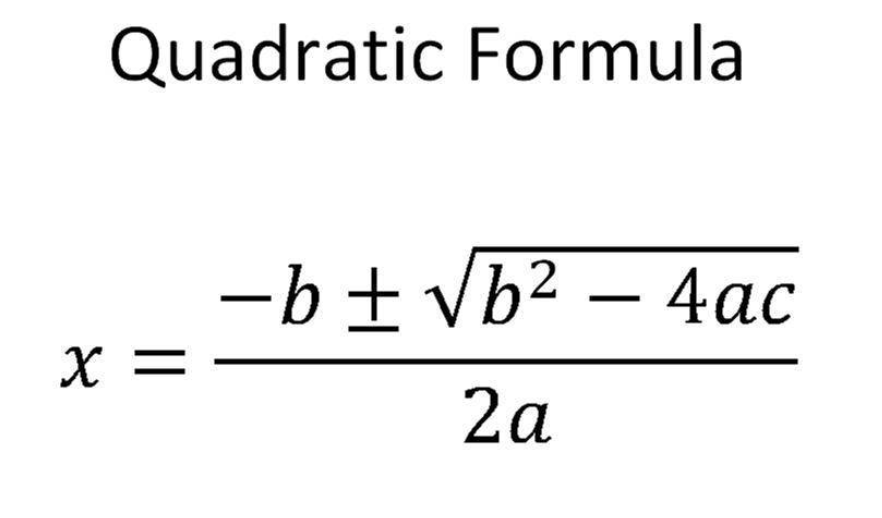Calc 2 exam final
1/46
There's no tags or description
Looks like no tags are added yet.
Name | Mastery | Learn | Test | Matching | Spaced |
|---|
No study sessions yet.
47 Terms
sin²(ax)
(1 - cos(2*a*x)) / 2
cos²(a*x)
(1 + cos(2*a*x)) / 2
integral of sec(x)
ln|secx + tanx|
integral of tanx
-ln|cosx| or ln|secx|
root(a²-x²)
x=a * sin(theta) dont forget to multiply by dx
root(a²+x²)
x=a * tan(theta) dont forget to multiply by dx
root(x²-a²)
x = a * sec(theta) dont forget to multiply by dx
sin(2 * theta)
2cos(theta) * sin(theta)
Arc length formula
Integral of root(1 + (f’(x))²)
Degree of numerator equal to or greater than denominator
Use polynomial long division
derivative of arcsin(x)
1/(root(1-x²))
derivative of arccos(x)
-1/(root(1-x²))
derivative of arctan(x)
1(1+x²)
derivative of cot(x)
-1/(1+x²)
derivative of arcsec(x)
1/(|x|*root(x²-1))
derivative of arccos(x)
-1/(|x|*root(x²-1))
lim(x→oo or -oo) of arcsin(x) and arccos(x)
DNE
lim(x→oo) of arctan(x)
pi/2
lim(x→ -oo) of arctan(x)
-pi/2
lim(x→oo) arccot(x)
0
lim(x→ -oo) arccot(x)
pi
lim(x→oo or -oo) arcsec(x)
pi/2
lim(x→oo) arccsc(x)
0
lim(x→ -oo) arccsc(x)
pi
r = a + b * sin(theta)
limacon of original circle
petals
constant multiplying theta, if the constant is even then there are two times the constant amount of petals
Cos petals are centered on the axis, and sins petals are rotated by pi/(2 * the constant multiplying theta)
each petal that isn’t there as a result of the even coefficient rule is created as if it was generated on its original axis (IE 3cos(4 theta) has 8 petals, all petals lying on the axis’ are affected by the +b and coefficient of the functions effects on the x and y axis as if it was the original petal, and then its rotated, the extra petals from the even rule have the x intercept of the function coefficient minus the shift constant, and y axis for sin)
x2+y2=r2 properties
centered at (zero(s) of x, zero(s) of y) with radius r
1-cos(theta)
2sin2(theta / 2)
tangent line is horizontal when
derivative is zero
Quadratic formula
Remember, x can be anything, it can be (x-1) or even cos(x) or cos(θ))

Z
a+bi and r(cosθ + isinθ)
a
rcosθ
b
rsinθ
tanθ
b / a
zk
r * e(i * θk)
θk
2kπ/n (where k is 1 less than the solution number we’re on and n is the total number of solutions)
z (for polar complex solutions)
r*eiθ
r in complex solutions (zk)
value when Z is isolated
z (for polar complex solutions)
plug θk into the r(cosθ + isinθ)
Area
magnitude of cross product
Shell Method
2π * integral from a to b of x or y times h2 - h1
Washer method
π * the integral from a to b of R2 - r2
Surface Area integral
integral from a to b of 2π * f(x) times square root of 1 + f’(x)2
cos(2x)
1-2sin2(x)
sin(u)
behaves like u for small u values
cos(u)
behaves like (-1)^k for large u (doesn’t qualify for AST)
ex summation formula
